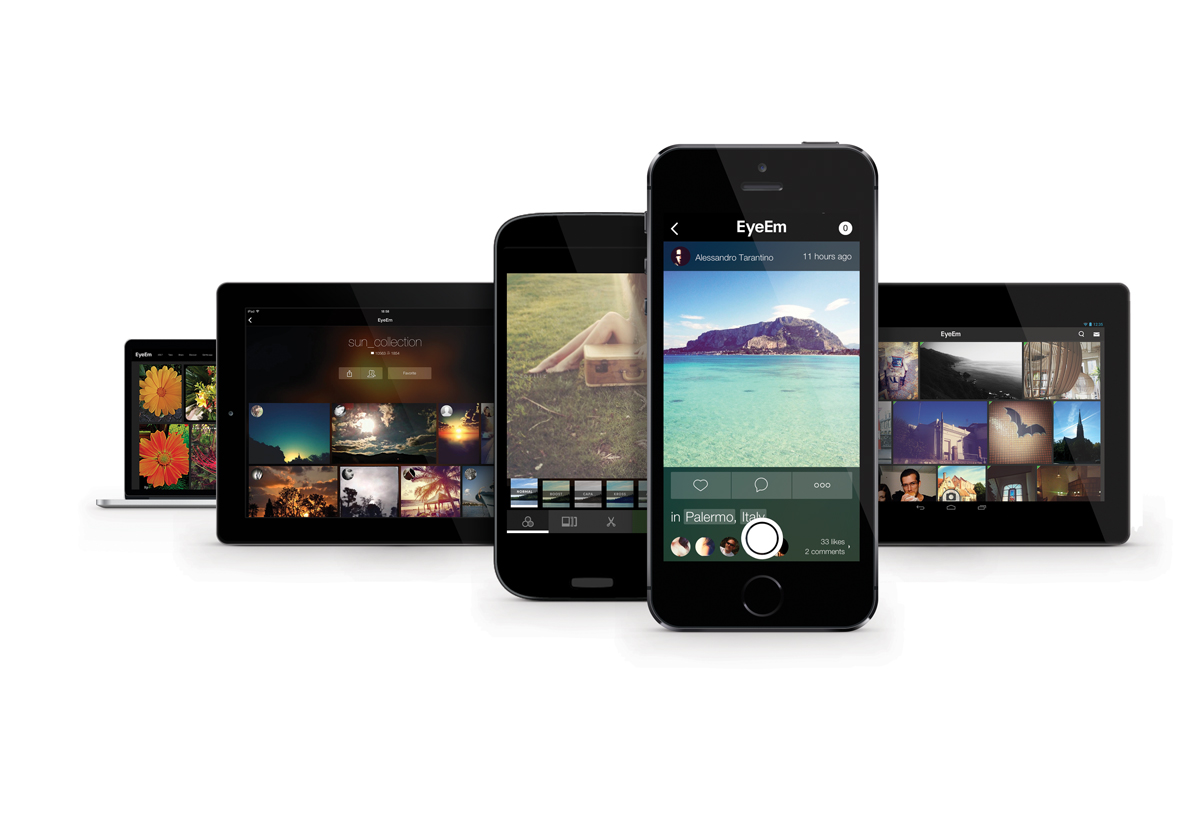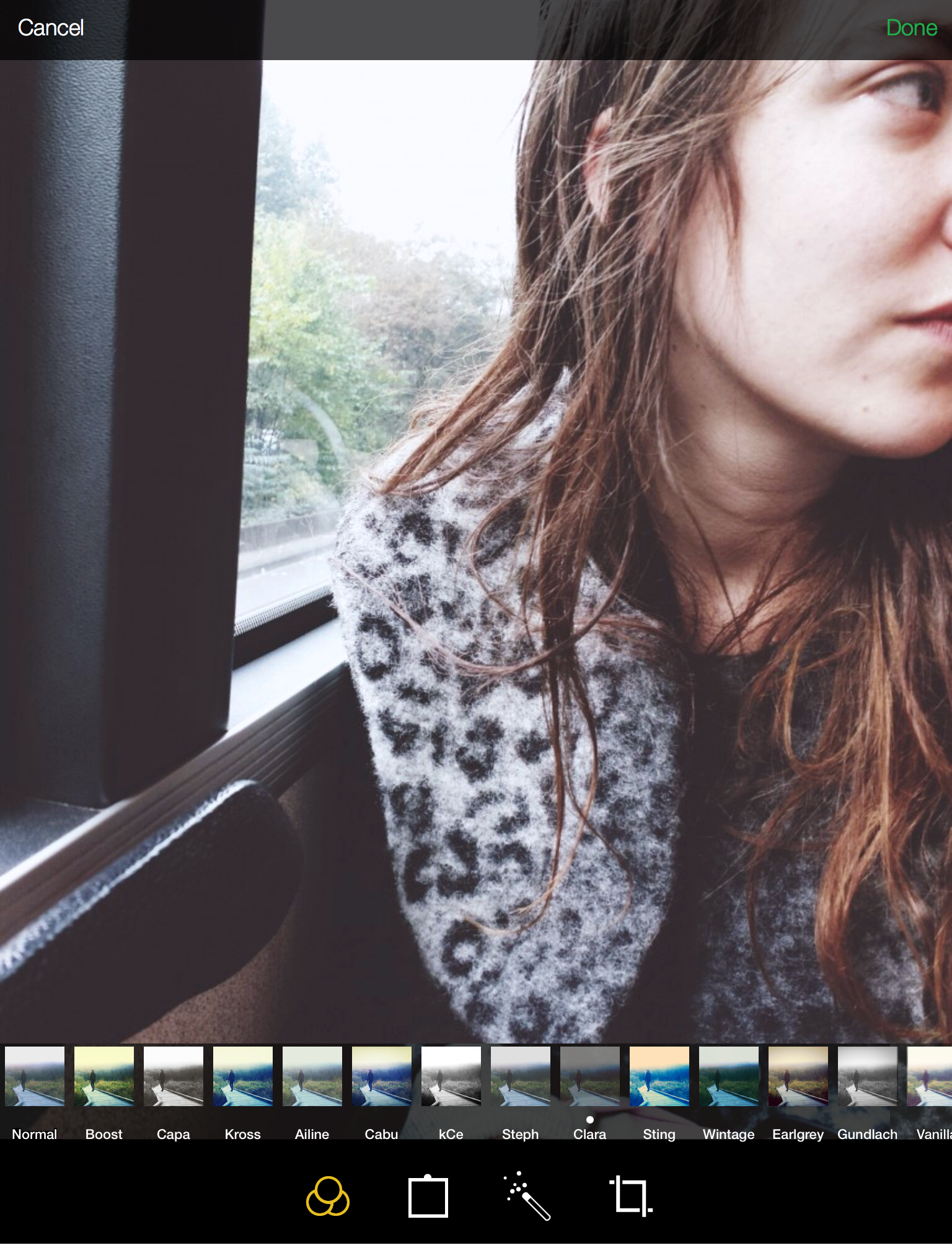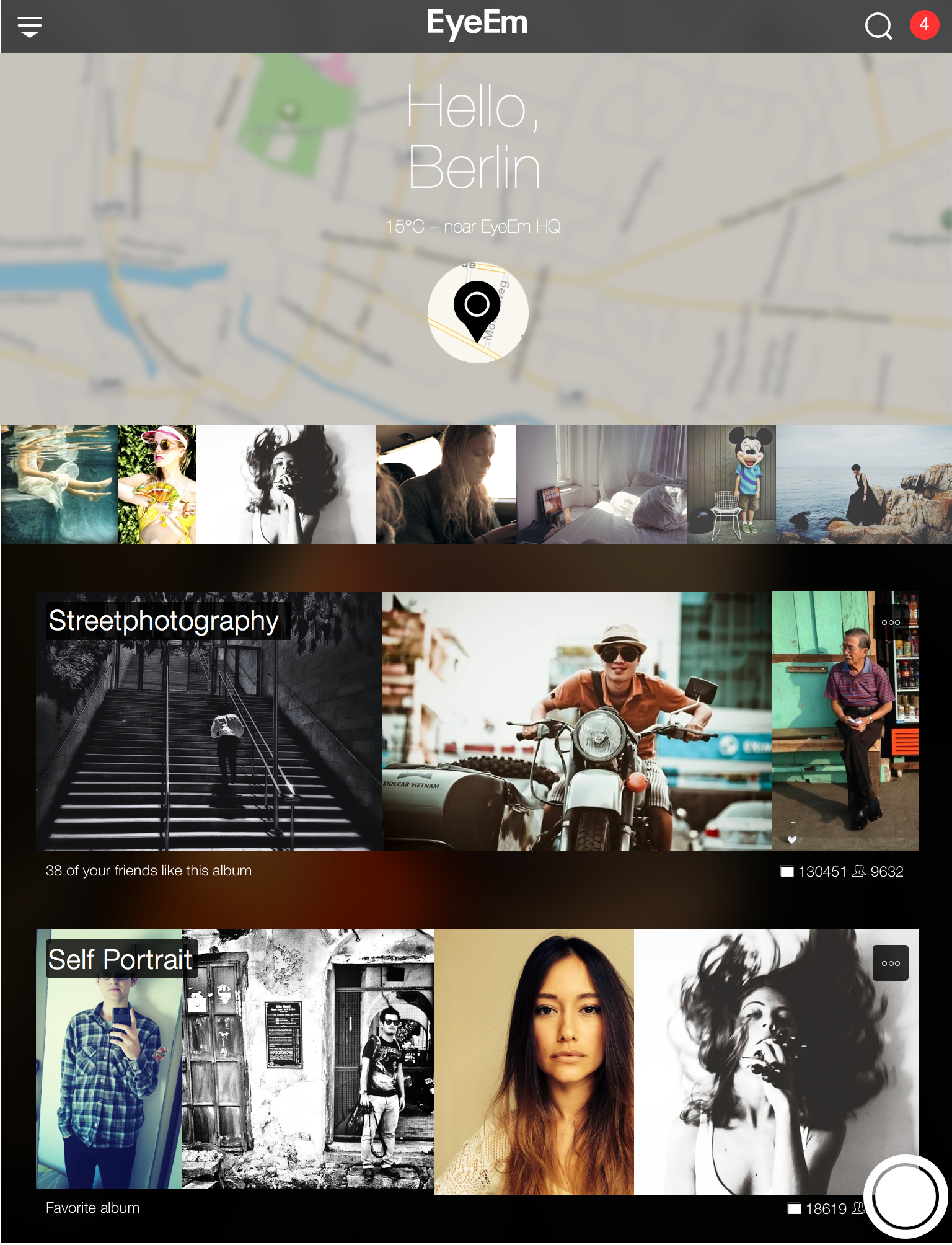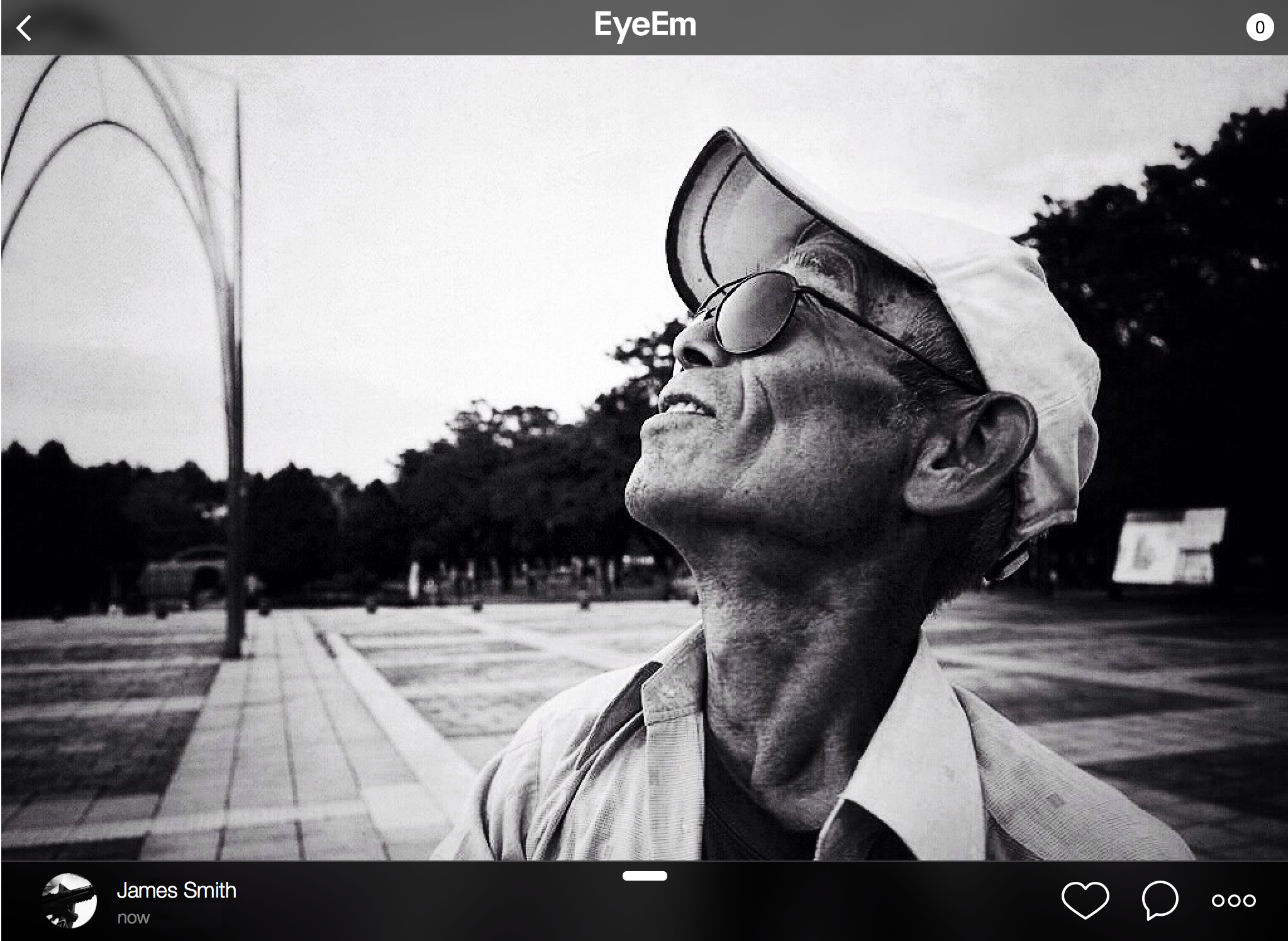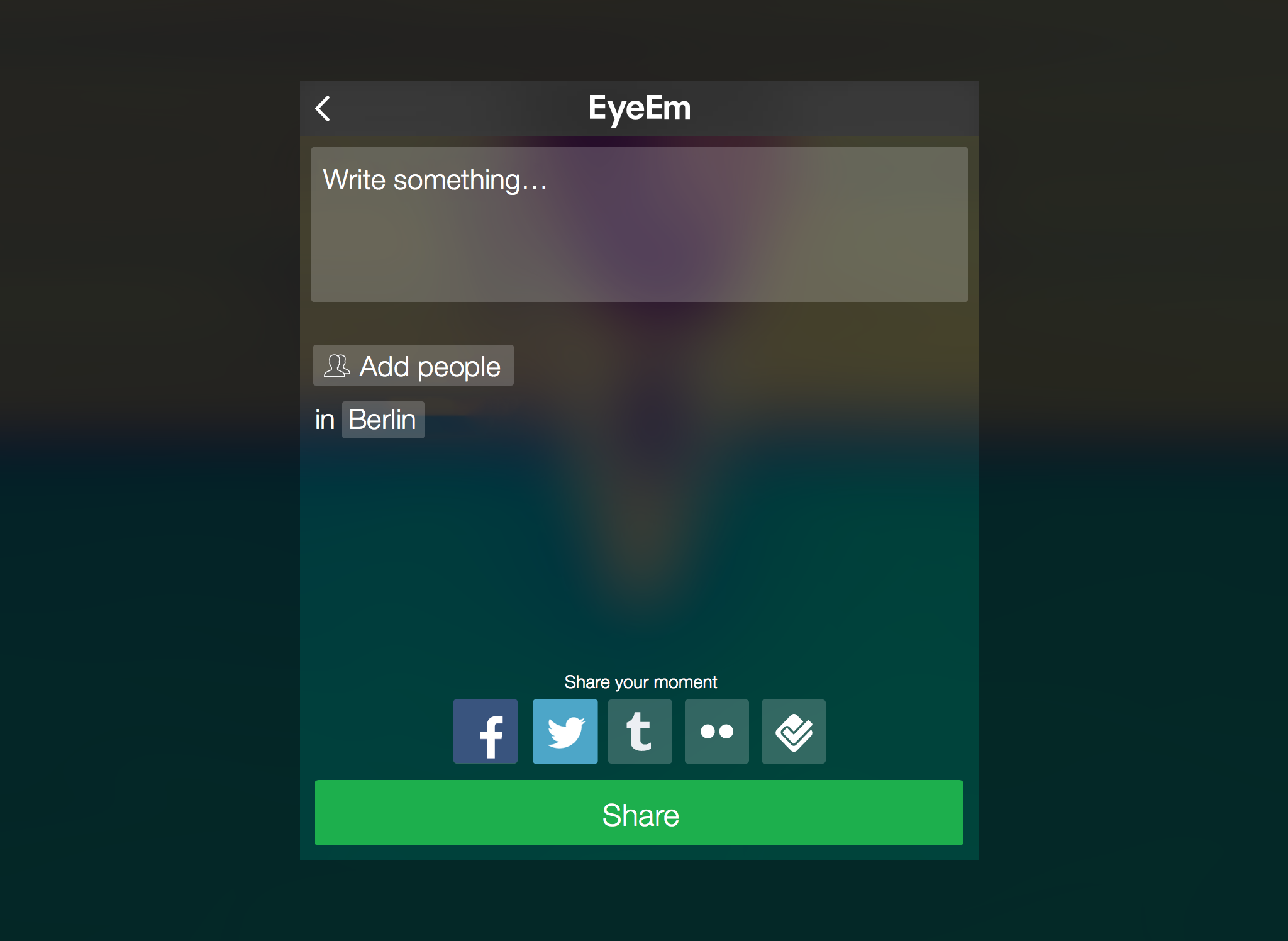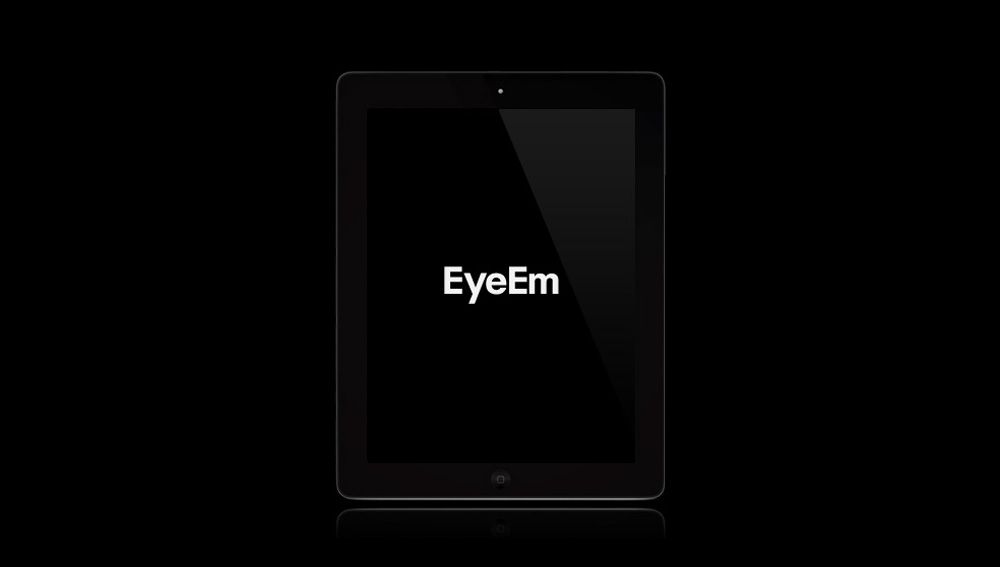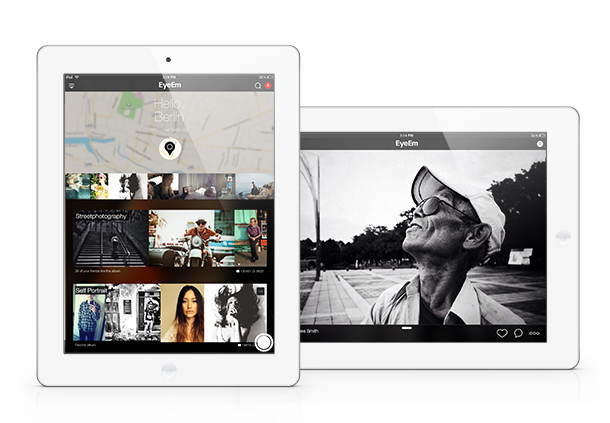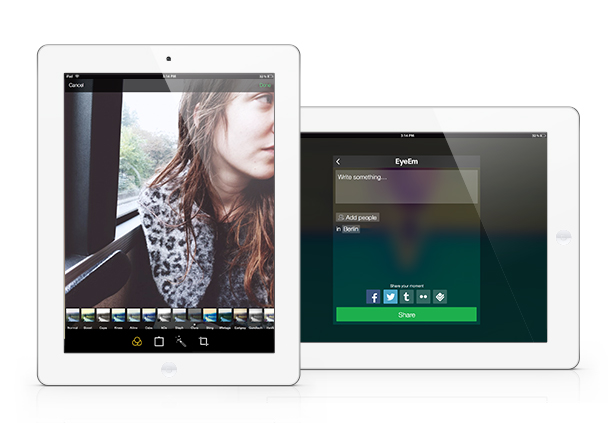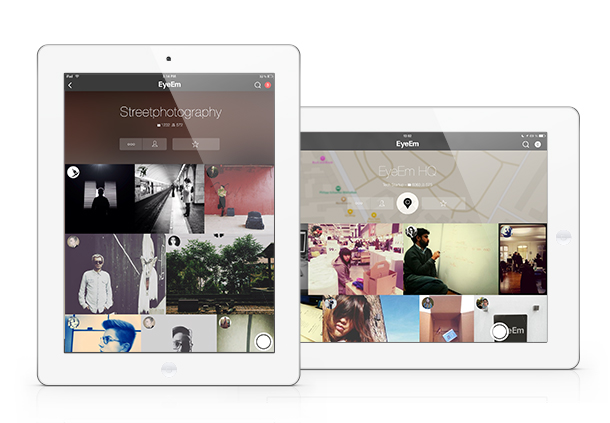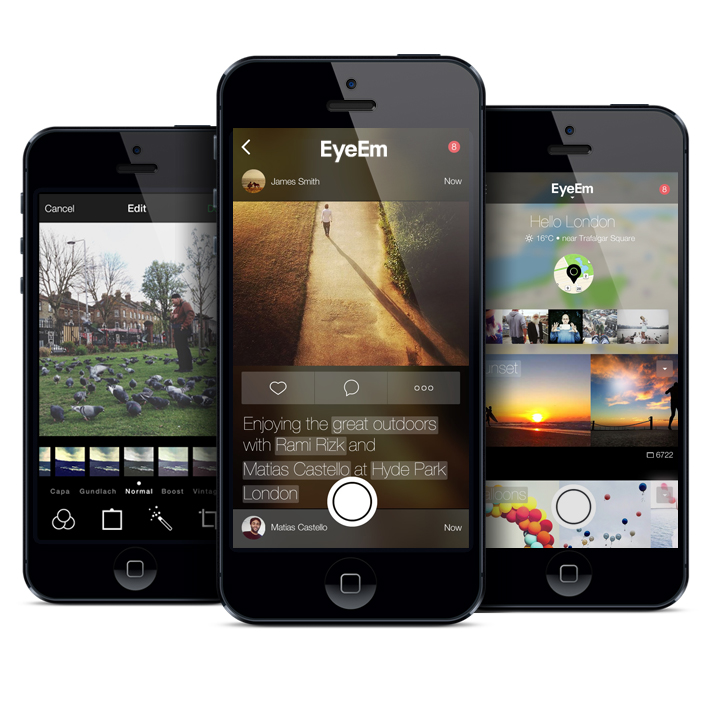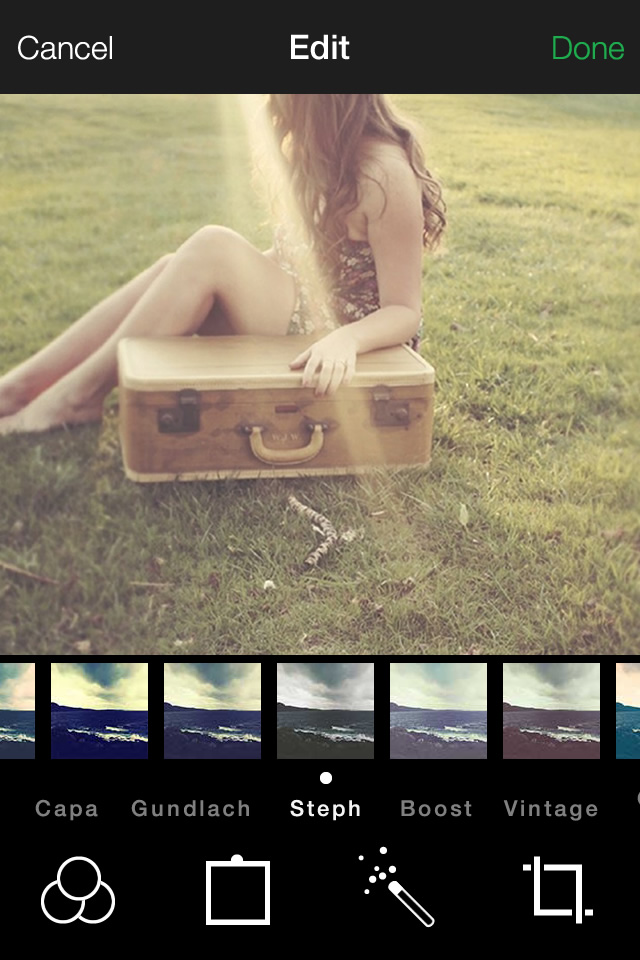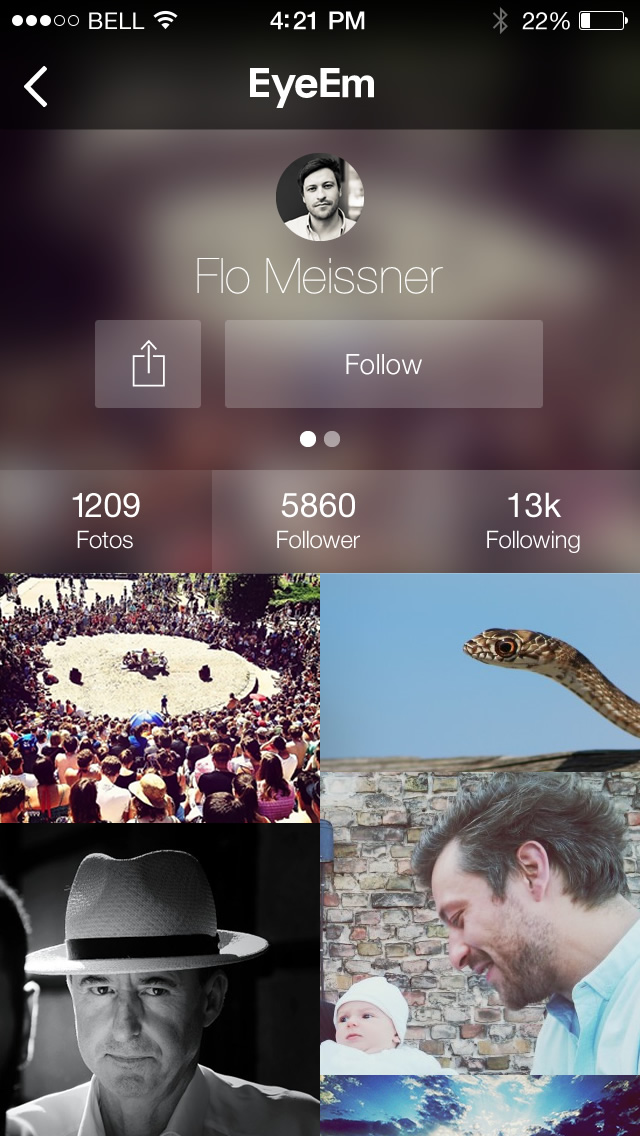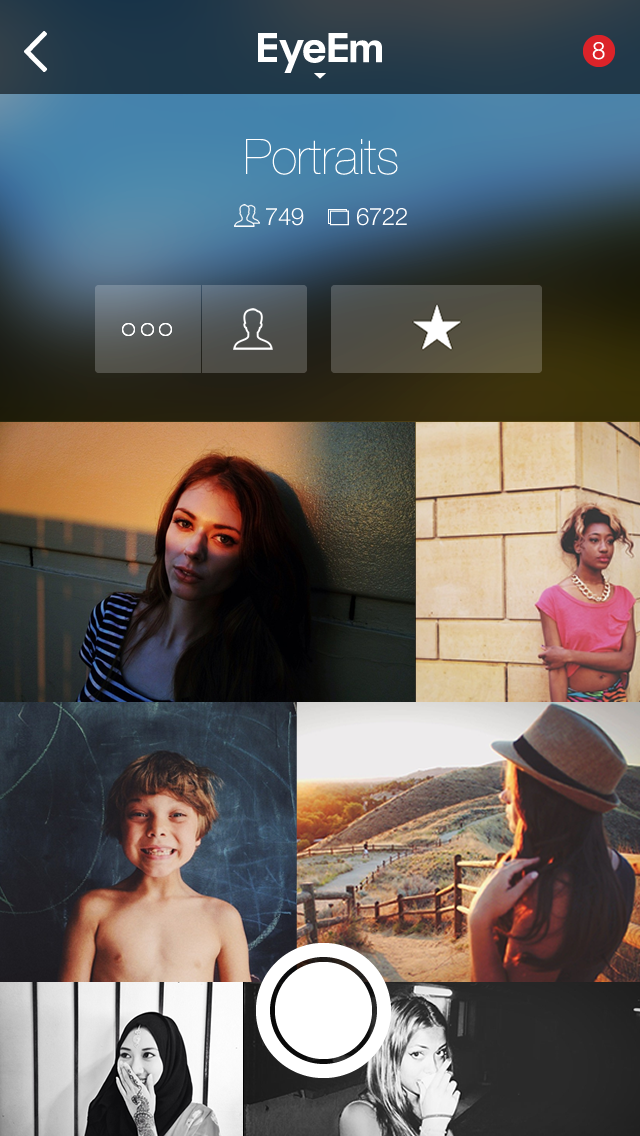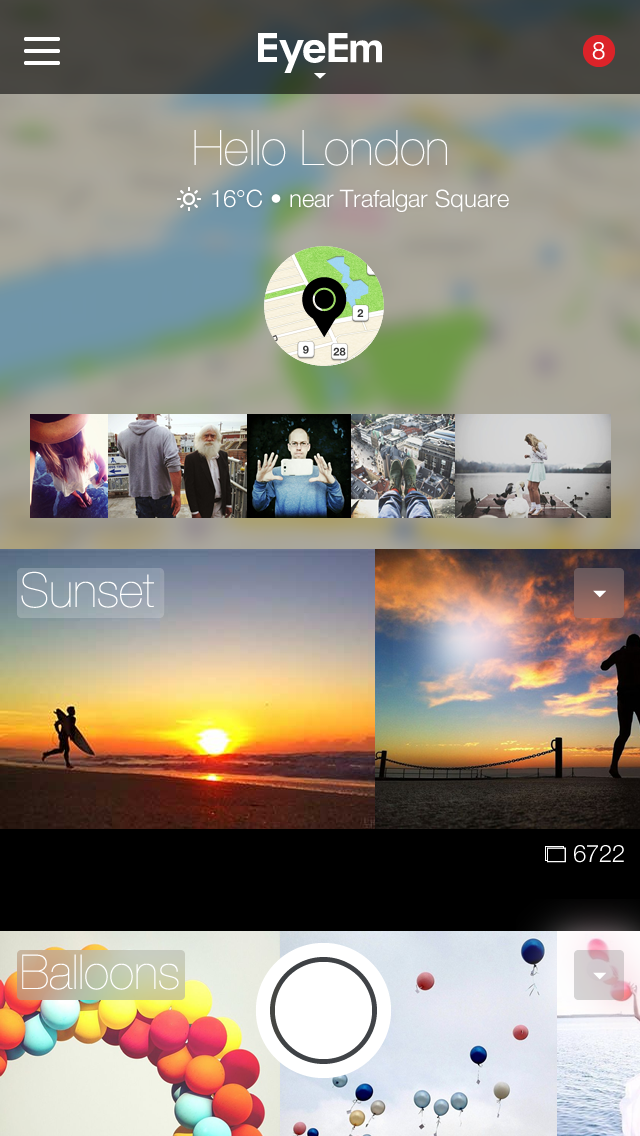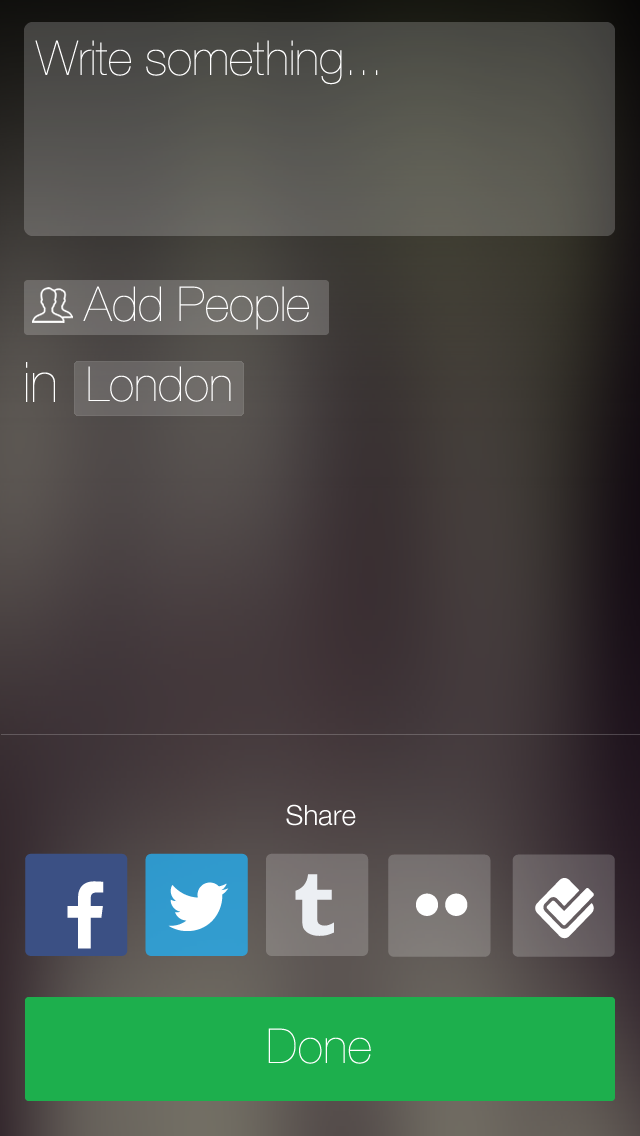One professional, Paolo Woods, explained the difference between analog and digital photography. "It's a bit like wine: you make the wine; then you wait a while for it to become good before you drink it. But digital images, you consume immediately." - (p. 159, Ritchin, F., After Photography)
It's been a few weeks since I've posted anything in the A Year on Film: 52 Rolls in 52 Weeks photo project, but it's not because I haven't been creating photographs. In fact, the opposite couldn't be more true. In many cases, I'm actually shooting between 2 and 3 rolls per week. The real reason I haven't posted anything very recently is because I've been waiting to develop the film. Once a take a roll of film out of the camera, I take the film and place it in the freezer for a couple of weeks. Once I have about six rolls or so, I then develop all of them at once. There are two reasons for this. The first is that I don't have to use as much chemistry when developing multiple rolls at once. Secondly, I form a deeper relationship with the images when I wait. When I take the developed film off the reel I don't feel as emotionally connected to the images that don't work and much more appreciative of the ones that do after waiting to process them. I catch myself saying, "Oh yeah, I remember that one!" which leaves me with a special feeling I don't get when I develop them immediately.
The main purpose for embarking on this project is to create a reflective environment for me to intentionally explore photography, develop a greater appreciation for it, hone my skills, and slow down. Many people have asked me if I constnatly push myself to create a better image each week than the week prior. The answer is well, kind of. As I continue to practice and learn to see, the photographs do get better. The more I shoot the more creatively I think about issues. I have several sketches of series and essays I want to produce. So, in that sense, I am striving to become more literate and expand both my abilities and appreciation in various forms of art as expression. However, it's very easy for me to turn something, that should be fun, into a job and focus more on striving for excellence and perfection than enjoying the process. I don't want that to happen here. So while creating better images is both a goal and a naturally occuring event, I am not pushing myself to the point where the stress outweighs the fun.
I feel like everyday I'm learning something new—some are from a technical perspective and some are in the way I see the world and myself. Here are some of the lessons I've learned.
I love both film and digital photography
The question almost everyone asks me is whether I like analog (film) or digital photography better. Honestly, I don't like one more than the other. They are completely different media and I think the argument about whether one is better than the other does not honor the strengths of each. There are some situations where the aesthetic qualities and the processes and equipment involved with analog photography create an image and feeling that can't be replicated digitally. Also, I don't think there is any printed photograph more beautiful than a silver gelatin black and white print on an archive quality fiber paper. However, high ISO capabilities, processing power, size, video options, speed in which we can deliver the final product, and decreasing prices allow digital photography to completely change the way we interact with images. I think an evolved conversation about film and digital could center around how we can use the strengths of both to use imagery to develop deeper questions, provide deeper insights, and create the world in which we all want to live. It's what occurs behind the oculars before and after the image is created that is most meaningful for me.
My Leica M6 loaded with Ilford Delta 400 goes with me almost everywhere.
People in the street love film
I keep my Leica M6 on my person at almost all times when I'm in the streets and on most assignments. I have not gone a single day where at least one person hasn't stopped me in the street, coffee shop, library, or restaurant to ask me, "I'm sorry to bother you, but is that a real film camera you're wearing?" When I confirm that it is, they begin to tell me about how the favorite class they took in high school or college was photography, how they miss hanging out in the darkroom and watching the images magically appear as they are printing them, and how they long for the times when life was just a little slower. Then they thank me for keeping film alive, ask where I buy film, and say they are going to dust off their old cameras and go back out and make some photographs. I always love those exchanges. I love the ability to connect with people about something so simple and so nostalgic. And no, it's not only elders or hipsters who talk with me about film. It seems like everybody is interested.
This is one of my favorite murals in Pioneer Square, Seattle. I made this image using the Mamiya AFD II + 80mm Lens + Kodak Ektar 100 film.
There's something beautiful about slowing down
When I got serious about photography, I started with digital. It was what the general market was asking for and, in many ways, had fewer barriers to entry. I still appreciate digital and use it when the situation calls for it, but my preferred method of image making is to slow down, observe, wait, and use the camera as a tool for telling the story or stories. When I'm using film and mechanical cameras such as the Leica M6 or Mamiya RB67, I don't have a choice but to be completely in tune with everything around me. What are the quantity and quality of light? How fast is the scene changing? What do I need to capture in the frame to tell the story? What do I need to exclude from the frame to tell the story? Is this photograph respectful for both the subject (animate or inanimate) and the reader? Even when I use digital photography, my clients and I are much more satisfied when they receive a few well-composed, well-exposed, well-executed, and well-curated images.
I think it's great that everyone can have a camera
I love the idea that photographic equipment is within the reach of more people. First of all, I still think we are a long way off from everybody being able to have a camera, even if it's in a phone. Secondly, I think it's extremely important for a person or group of people to have the ability to play active roles in the sharing of their stories. In times not too long ago, only a select few were privileged with the ability to create photographs destined for widespread public consumption, only to be further controlled by various gatekeepers in the media. With the advent of the Internet, we no longer need the approval of a magazine, newspaper, or museum in order to publish our work. Although these media are still very important, the landscape is simply changing. There are still several obstacles that many must face, and then the ability to find an audience also separates some from others, but I think it's a wonderful thing that, increasingly, people are equipped to be both the actors and producers in their own stories.
This is a picture of Chris, a participant in the Zine Project. I gave each of the four people in this program a camera so that they could make the pictures however they wanted to. I then gathered the film, developed the rolls, scanned the negatives, and provided them with their work.
Let me know what you think on Twitter
This post is getting to be long enough for now. I'll share more experiences later. Please let me know on Twitter what you think of this piece at @michaelbmaine using the hashtag #mbm52rolls. Hope to hear from you soon.





